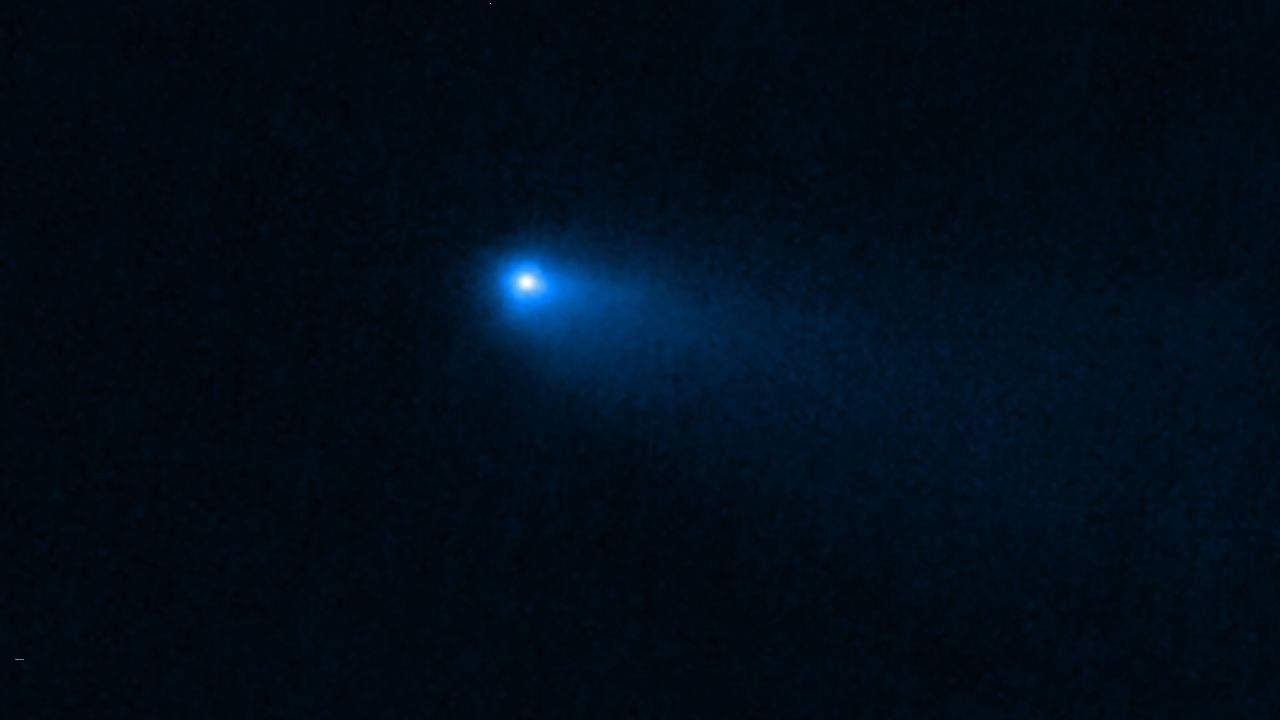NIRSpec Instrument Finds Water Around the Comet Read
The James Webb Space Telescope has made a groundbreaking discovery, uncovering the presence of water around a main belt comet in our solar system.
Detection Using the James Webb Space Telescope
Astronomers employed the NIRSpec instrument on the James Webb Space Telescope to detect the presence of gas, specifically water vapor, surrounding Comet 238P/Read. This crucial observation confirms that water ice from the early solar system can be preserved in the main asteroid belt, challenging earlier beliefs.
Main Belt Comet: Unique Celestial Object
Comet Read falls into the category of main belt comets, which reside within the main asteroid belt. Unlike typical asteroids, main belt comets periodically display a coma and tail, similar to traditional comets. This classification, established with the discovery of Comet Read and two other comets, sheds new light on the diversity of objects within the main asteroid belt.
Astronomical Paradigm Shift
Previously, comets were believed to primarily exist in the Kuiper Belt and Oort Cloud, beyond the orbit of Neptune. The detection of water vapor in the main asteroid belt challenges this long-held assumption, suggesting that water ice can be preserved in closer proximity to the Sun than previously thought. This paradigm shift in our understanding of water distribution expands our knowledge of the solar system’s composition.
Differentiating Comets from Asteroids
Comets and asteroids can be distinguished by their characteristics. One distinguishing feature is the presence of frozen material in comets, which vaporizes as they approach the Sun, creating a coma and streaming tail. This differentiation highlights the dynamic and unique nature of comets within our solar system.
The Mystery of Missing Carbon Dioxide
Comet 238P/Read presented a captivating mystery. Unlike other comets, it lacked detectable carbon dioxide, which typically accounts for a significant portion of their volatile material. Scientists propose two explanations: the loss of carbon dioxide over time due to warm temperatures or the possibility that it formed in a region without available carbon dioxide.
Broadening Scientific Understanding
The confirmation of water preservation in the asteroid belt offers valuable insights into the distribution and preservation of water ice within our solar system. This discovery suggests that water from the early solar system can be retained in regions closer to the Sun than previously anticipated. It has far-reaching implications for our understanding of planetary formation and the potential for habitable environments.
Future Exploration and Sample Collection
The discovery of water in the main asteroid belt opens the door to further exploration. Scientists now aim to investigate other main belt comets to gain a comprehensive understanding of their composition and behavior. Additionally, plans for a sample collection mission could provide invaluable data about these celestial objects, unlocking additional secrets of our solar system.
Month: Current Affairs - May, 2023
Category: Science & Technology Current Affairs


